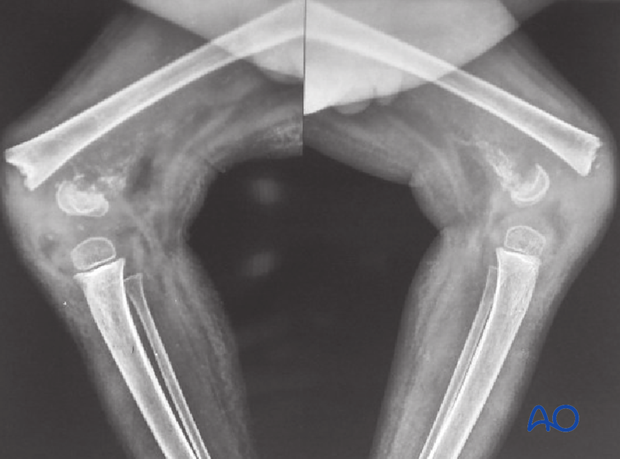What is a child?
1. Definition
From the perspective of skeletal injury, a child is any young person who has not yet reached skeletal maturity.
Legal definitions often include all persons under the age of 18 years, irrespective of skeletal maturity; this varies from country to country.
Injured children differ from injured adults in several respects.

2. The context of the child
The injured child must be managed in the context of its familial, religious and cultural settings.
The needs of the parents and siblings may change when a child is injured. Medical attendants and parents/carers must bear this in mind and manage the whole family unit, not just the injury.
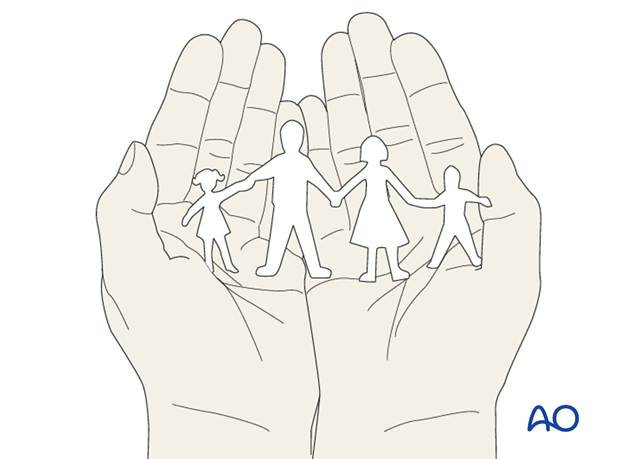
In many countries, there are legal provisions for overriding parental decisions that are prejudicial to the child’s health care. In many countries, a child can be given the protection of a court if it is necessary. For example, to countermand parental proscriptions, such as parental refusal, for religious reasons, to allow blood transfusion.
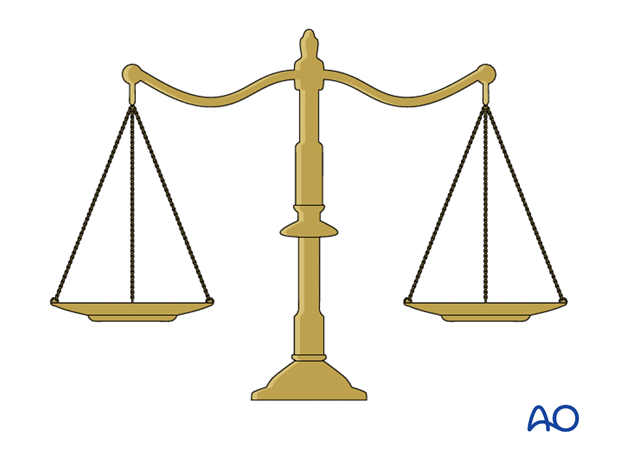
3. Safety considerations
To be a child means to move, to play, and take part in sports. Children’s injuries are frequently the results of play, or sport, which are normal and beneficial childhood activities.
Safety during play should be encouraged without restricting recreational activity. Examples would be shock absorbing surfaces, adequate barriers, appropriate supervision, and protective clothing.
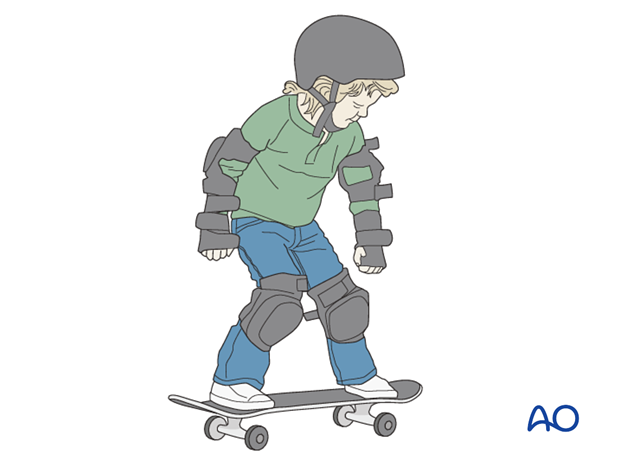
Transport of young children in cars requires appropriate dedicated seating and restraint. Lap belts in particular are associated with severe spinal and abdominal injuries in children. Recommendations based on age and size are available, but vary from country to country.
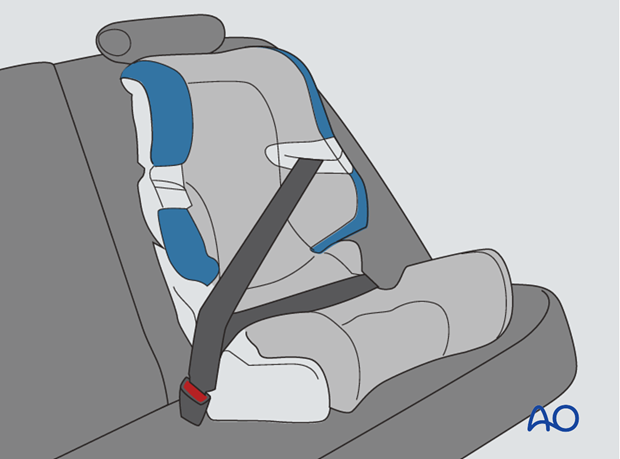
4. The rights of the child
The rights of disabled and sick children are enshrined in Articles 23 to 26 of the United Nations Convention on the Rights of the Child.
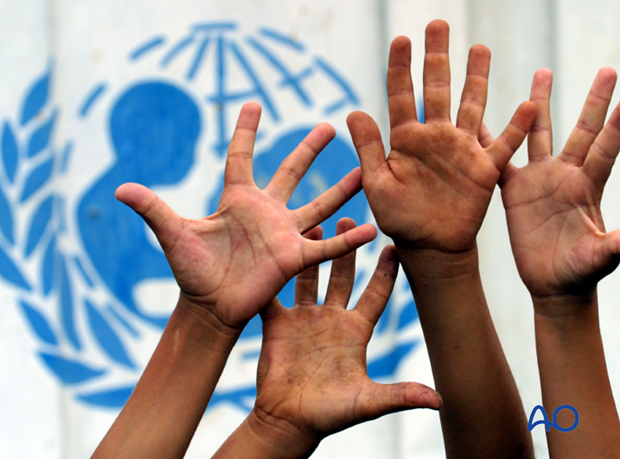
These Articles are summarized by UNICEF as:
Article 23 (children with disability)
A child with a disability has the right to live a full and decent life in conditions that promote dignity, independence and an active role in the community. Governments must do all they can to provide free care and assistance to children with disability.
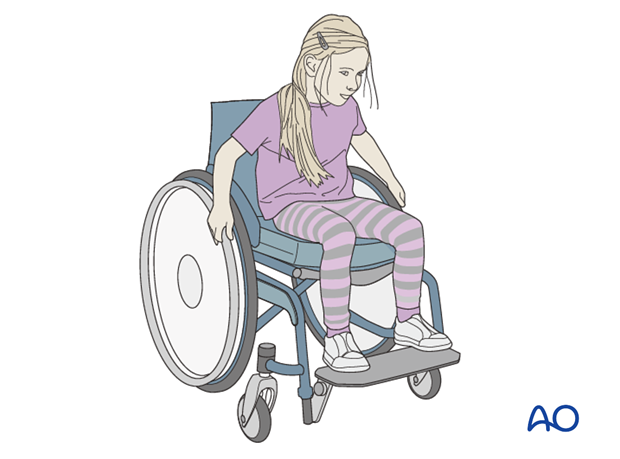
Article 24 (health and health services)
Every child has the right to the best possible health. Governments must provide good quality health care, clean water, nutritious food and a clean environment, so that children can stay healthy. Richer countries must help poorer countries achieve this.
Article 25 (review of treatment in care)
If a child has been placed away from home (in care, hospital, or custody, for example), they have the right to regular checks of their treatment and conditions of care.
Article 26 (social security)
Governments must provide extra money for the children of families in need.
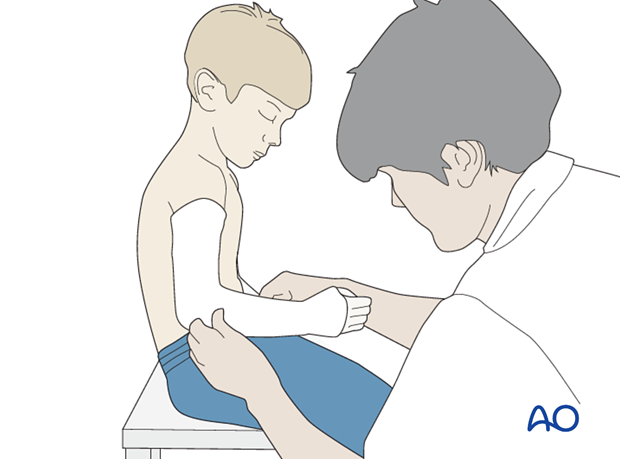
5. Care of the injured child
The special needs of injured children are best met in a dedicated pediatric trauma unit.
For serious injuries, prompt transfer to a specialist unit, whenever possible, is advisable.
Even for apparently minor injuries, specialist follow-up care is desirable.
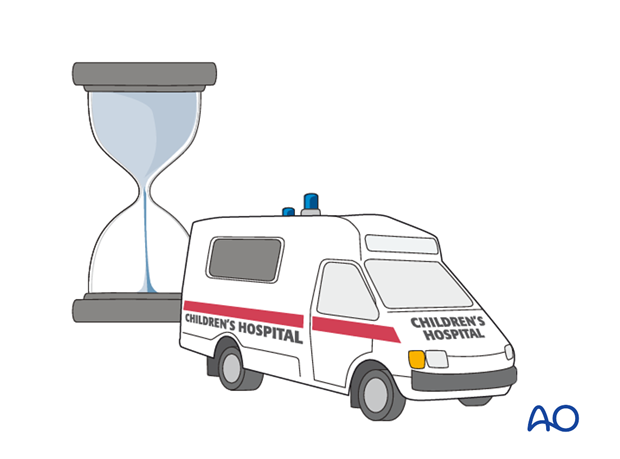
Children’s fractures can often be managed nonoperatively.
Children do not like being confined to bed, to have their arm or leg in a cumbersome plaster cast, or to be restricted in their play or ability to move around.
This is covered in a dedicated commentary on principles of nonoperative treatment of children's fractures.
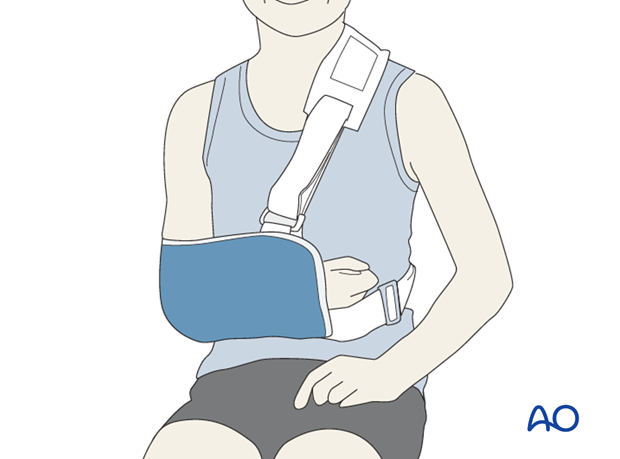
6. Injury and growth
Injuries can often have an impact on future skeletal growth.
Additionally, growth can result in satisfactory modelling of malunion.
This topic is covered in a dedicated commentary on posttraumatic growth disturbance.
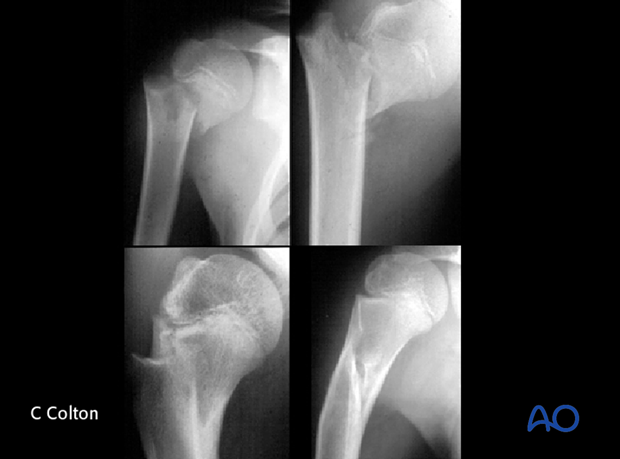
7. Suspicious injuries
Any child with an unexplained, or insufficiently explained, injury, especially fractures at multiple sites, or of an unusual pattern, must be investigated as a possible victim of nonaccidental injury.
This problem is considered in detail in a dedicated commentary on nonaccidental injuries in children.
